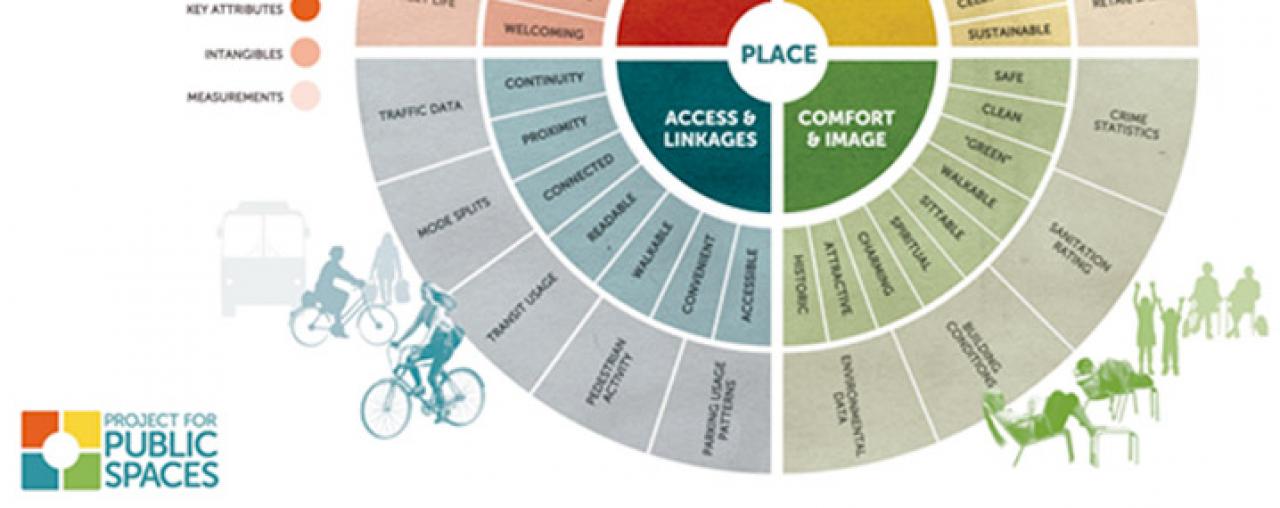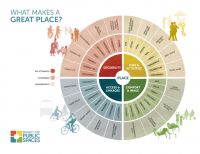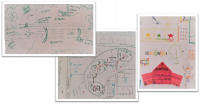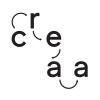
An article by Wessel Badenhorst, Ad Hoc Expert
The vibrancy of a place can be attributed to a number of factors. One is the use of public spaces. If spaces are well used, the impression is given of a place that is ‘alive’. In my experience no place is more alive than the Via dei Tribunali in Napoli. It is a narrow street for general traffic (no more than 6 metres wide in most places), but it is so much more. It is used by everyone in a ‘shared’ way. People commute, shop, linger, meet friends and play games ‘on the street’. Visitors stand and stare at historical buildings while youngsters zig-zag past them on their mopeds. Neighbours hang their washing from their windows while having loud conversations with practically everyone in the vicinity. So, what makes it a great place and who are the placemakers?
These questions were asked at a workshop of the Playful Paradigm Project in Viana in January 2020. In particular, participants from partner cities wanted to examine skills and processes which will help them to make places for play in the public spaces of their home cities.
The essence of placemaking is action at a hyperlocal level. It is not simply a variant of urban design. The design and planning professions prefer to use the term ‘place making’, with a general understanding that it is a statement of the desired outcome of their designs. In ‘placemaking’ however the role of experts and professionals is to support communities and local active citizens in a process of understanding the uses and potential of existing public spaces and to acknowledge the agency of local communities and citizens to make changes and improvements. The emphasis on a community-led process therefore means that besides design inputs, the art of placemaking entails the creativity of people using several tools to facilitate community participation, social inclusion, place analysis and experimentation (i.e. try-out of ideas to improve a public space) as well as the animation of a place (e.g. events and activities of people to creatively use public spaces).

In the workshop participants were introduced to the Place Diagram developed by the Project for Public Spaces (see insert) and to place analysis tools which can help with broadening their understanding of how targeted public spaces are used with regard to the four categories in the Place Diagram namely Sociability, Uses & Activities, Access & linkages, and Comfort & Image. Participants examined specific targeted spaces in their cities to determine what potentials and blockages can be anticipated for new usages and creative changes. They mapped their understanding with observations and key points for further analysis.

In a final exercise, participants specifically focused on those vulnerable groups that tend to get excluded and not considered when we make improvements like play in public spaces. Participants identified specific groups who they intend to include in a process of placemaking for play spaces in their cities.
Participants are also excited to meet with their ULGs to generate ideas for the experimental phase of a placemaking process that often follows quickly after completion of the place analysis and once a shared vision for the place is articulated. With small interventions (e.g. a bench here, a new game there) partner cities will be able to activate public spaces and hopefully make their cities more playful.
Wessel Badenhorst
Ad hoc Expert for Playful Paradigm Project

